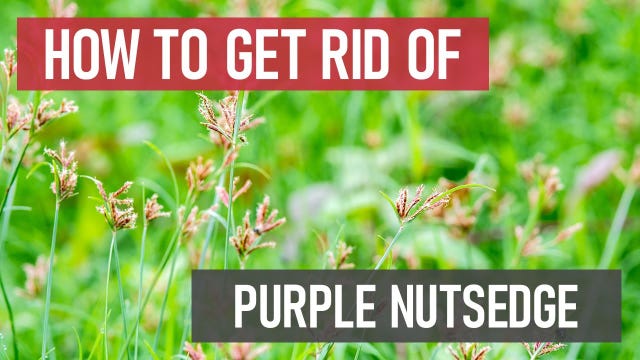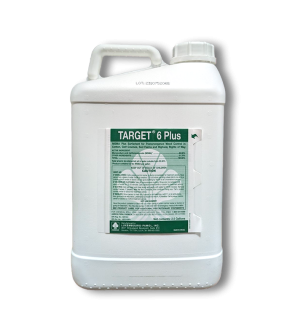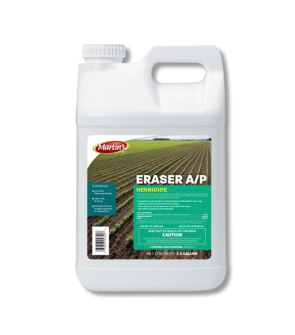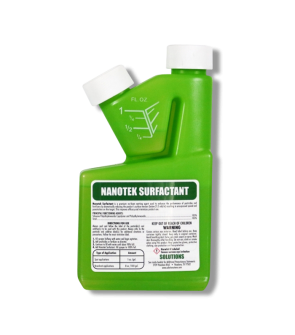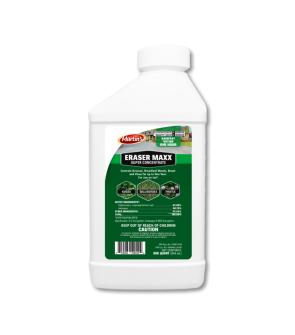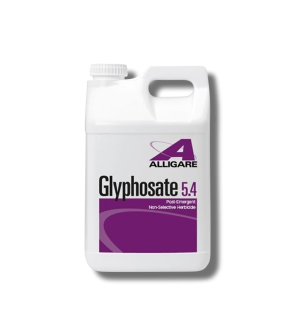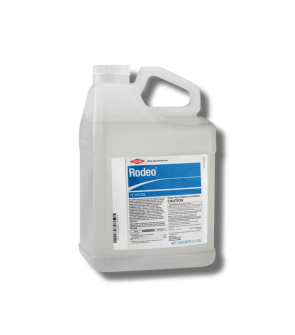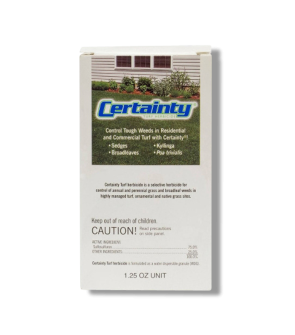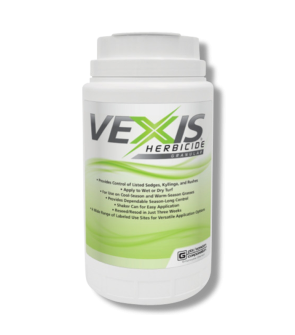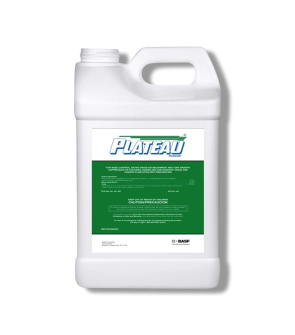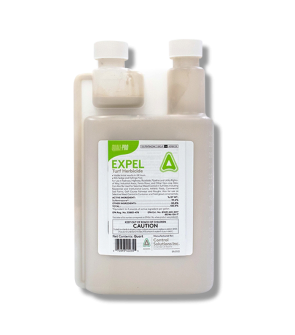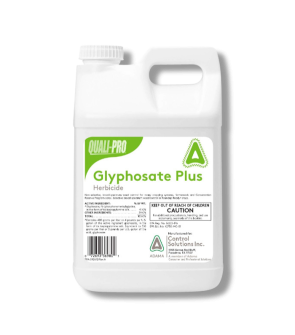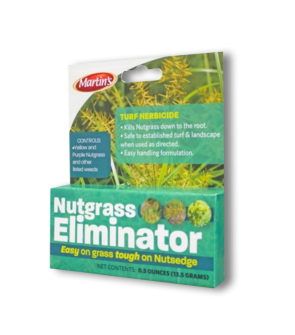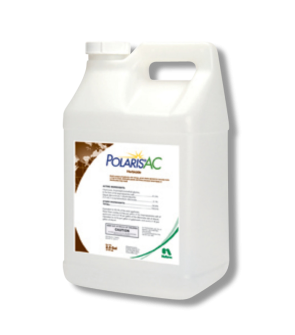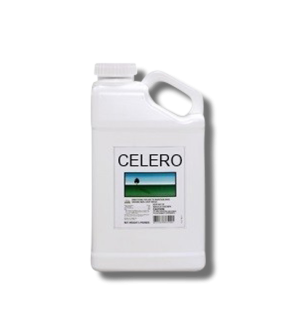Gain access to personalized product screening, the best pricing, rewards, and more!
Most Effective Products
Purple Nutsedge Control: How To Get Rid of Purple Nutsedge
This page is a general DIY article on eliminating purple nutsedge from your lawn by using the products and methods suggested throughout this guide. Follow this DIY guide and use the recommended products. We guarantee 100% control of purple nutsedge from your property.
Purple nutsedge, also popularly known as nutgrass in some regions, is a common weed in turf and ornamental areas. It is notorious for crowding out desirable plants on lawns throughout the U.S.
A purple nutsedge problem on turf starts innocently enough, with usually a single tuber emerging in the middle of a yard or field. Within a year, it will become a clump that can potentially span 40 feet wide. By the third year, nutsedge will be all over the field or turf. That's just how fast purple nutsedge can take over land if left unmanaged.
If you have purple nutsedge on your landscape, we can help. Our lawn care experts put together our DIY treatment guide to make it easy for you to remove purple nutsedge quickly and at a low cost.
Identification
Before you can proceed with a treatment program, you will need to be sure that the weed you are facing is indeed purple nutsedge. Misidentification can lead you to use the wrong treatment products and waste your time and money. Below are some characteristics of purple nutsedge to aid in identification:

- Purple nutsedge is a perennial grassy weed with a triangular stem and three rows of leaves. This erect weed reaches an average height of 6 inches, but it can grow between 12-16 inches when fully mature.
- The leaves are glossy, slender, and dark green. The seedheads are purple, dark-reddish, brown in color, and have a boat-shaped leaf tip.
- Purple nutsedge reproduces through small underground tubers, also called nutlets. This complex system stays protected through colder weather until spring when the weed can sprout and remerge on your property.
Use our description and image above to help you identify purple nutsedge on your lawn. If you are not sure about the weed you are encountering, contact us, and we will properly identify the plant for you and give you the best product recommendations for your weed problem.
Inspection
Once you confirm the infestation is purple nutsedge, you can proceed to inspection. During this phase, you will locate the areas where purple nutsedge is infesting and observe the conditions allowing it to thrive. This information will help you determine where to apply herbicide applications.

Where to Inspect
Purple nutsedge occurs throughout the United States and is most often found in moist soils. However, if the turf and vegetation are thin, it can also grow in dry, well-drained areas.
Common sites for this weed to infest are lawns, ditch banks, plant beds, cultivated fields, and other ornamental areas.
What To Look For
Purple nutsedge is more easily noticed during the summer months since this is when it is growing rapidly.
As they grow, the surrounding foliage will become thin and discolored.
Treatment
Before handling any chemicals, equip yourself with the proper personal protective equipment (PPE) for safety (glasses, gloves, and particle mask).
Due to its harmful and persistent nature, a selective, post-emergent herbicide would be the best way to deal with this stubborn weed. The top herbicide we recommend is Martin's Nutgrass Eliminator.
Step 1: Mix and Apply Martin's Nutgrass Eliminator
Martin's Nutgrass Eliminator is a selective herbicide concentrate that can help treat a variety of stubborn weeds in cool-seasoned and warm-seasoned turf, including purple nutsedge.
Determine how much Martin's Nutgrass Eliminator to use by measuring the square footage of the treatment area. To do this, measure the length and width of the treatment area in feet then multiply them together.
Apply 0.5 (13.5 grams) of Martin's Nutgrass Eliminator per 1 gallon of water per 1,000 sq. ft. of turfgrass.
For increased weed control, we recommend mixing this product with a surfactant like Nanotek Surfactant. Simply mix 1 oz. of Nanotek Surfactant per 1 gallon of spray solution.
Mix and apply this product into a hand pump sprayer or a backpack sprayer.
Fill your sprayer with half the water, add the measured amount of Martin's Nutgrass Eliminator, and pour in the remaining half of water. Close the spray tank lid and shake until the solution is well-mixed.
Spray the target weeds thoroughly and wet the entire leaf surface of the undesirable plants.
For best results, spray nutsedge after it has reached the 3 - 8 leaf stage of growth.
If needed, you may apply a second retreatment once 6 to 10 weeks have passed after the first application.
Prevention
After successfully removing purple nutsedge from your property, you will need to ensure this weed does not return. Here are some preventative measures to keep purple nutsedge off your yard.
- To prevent purple nutsedge in your lawn, we recommend using a pre-emergent herbicide. Expel Turf Herbicide is a selective pre- and post-emergent herbicide that will prevent and control weeds in cool-seasoned and warm-seasoned turf. This product will only offer pre-emergent control of purple nutsedge from seed and not from the nutlet. Split applications would give you the best control over this weed. For cool-seasoned turf, use 2-4 fl. oz. of Expel Turf Herbicide per 10 gallons of water per acre for the first application, followed by a second application of 4-6 fl. oz. per 10 gallons of water per acre. For warm-seasoned turf, use 6-8 fl. oz. of product per 10 gallons of water per acre for the first application, followed by a second application of 4-6 fl. oz. of product per 10 gallons of water per acre. Allow 35 days to pass before making that second application. Due to this product's high-volume spray application, high-capacity spraying equipment like a spray rig may be necessary.
- Excessive watering will lead to purple nutsedge infestations. Adjust watering to once a week with an inch of irrigation to avoid over-watering and encourage turf growth.
- Install landscape fabric around trees and shrubs to cause shade and choke out this weed.
- Purple nutsedge does not grow well in areas with shade. Change your mower blades to cut off no more than 1/3rd of the grass height. Mowing too short can stimulate this weed's growth.
Key Takeaways
What is Purple Nutsedge
- Purple Nutsedge is a common weed encountered by backyard gardeners. It can grow very quickly and overtake a lawn without intervention.
How to Get Rid of Purple Nutsedge
- Use Martin's Nutgrass Eliminator to treat outbreaks of purple nutsedge. Repeated applications may be needed to get complete control.
Preventing Purple Nutsedge Reinfestation
- Preventative measures to keep purple nutsedge away include a regular lawn maintenance routine that promotes a healthy, dense lawn. Addressing moisture problems will also help. You will also need to make pre-emergent applications with Expel Turf Herbicide.






